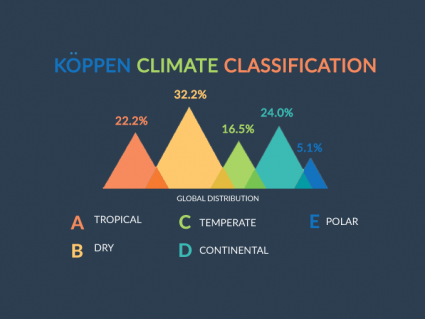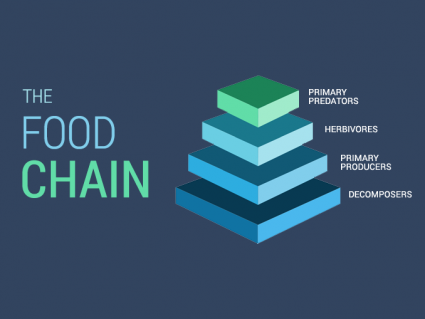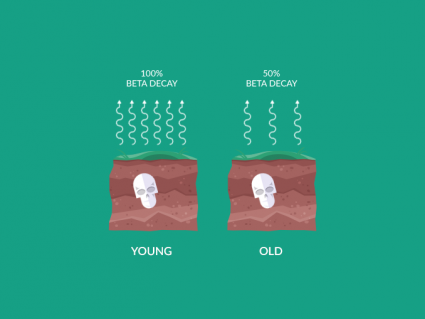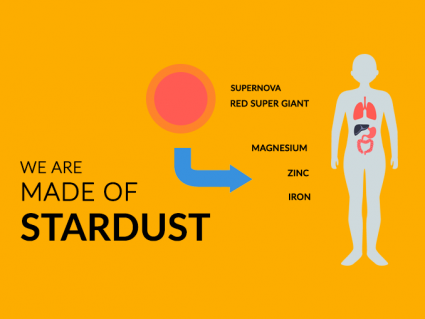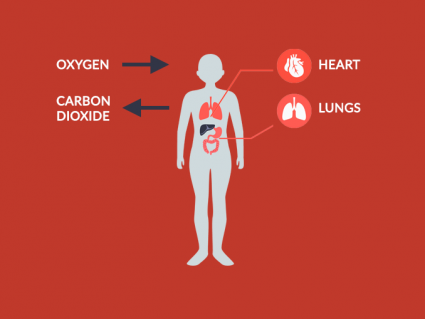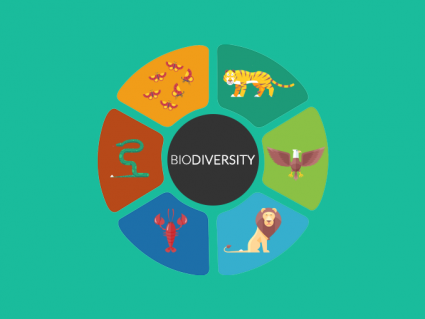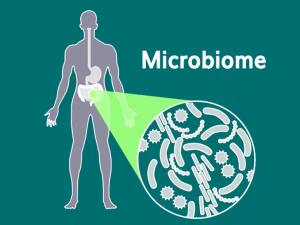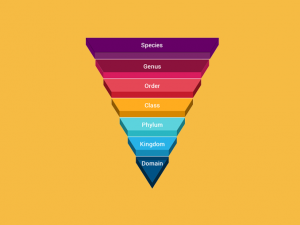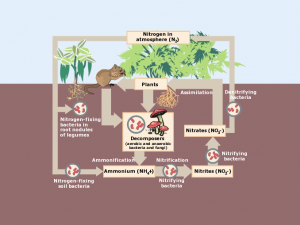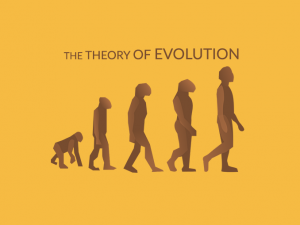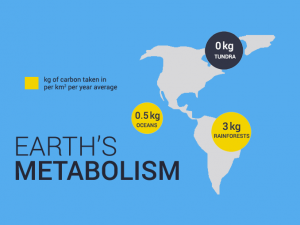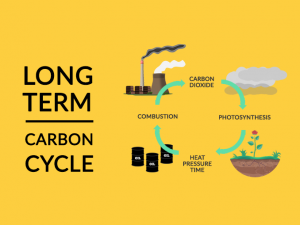When Did Grass Evolve?
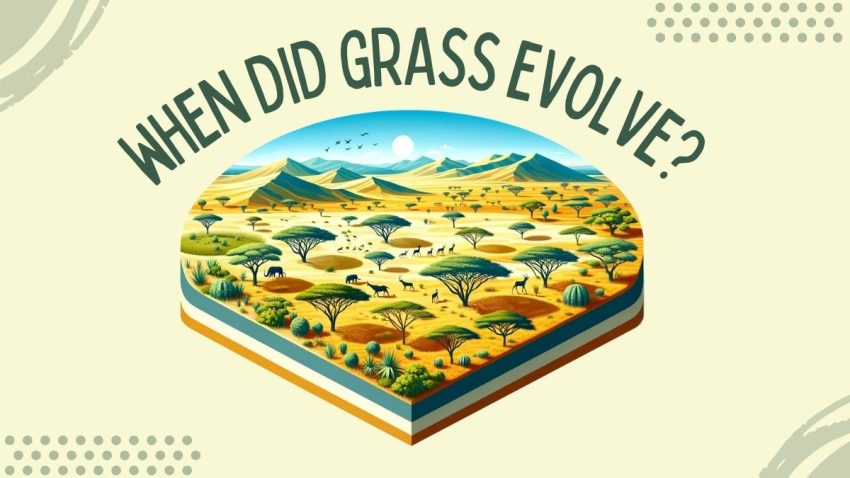
I’ve always found the timeline of Earth fascinating. But unfortunately, we often overlook one of the most important parts. That is when grass evolved.
Why is the evolution of grass important? That’s what we’re going to look into today. But first, I want to answer the “when” and the “how” questions.
When did grass evolve?
During the Cenozoic Era, grass first appeared around 55 to 65 million years ago. After the extinction of dinosaurs, grasses quickly spread across the planet.
The climate then was changing, becoming drier and cooler. These conditions were ideal for grasses. This also led to fewer trees, especially in regions like the African Savanna.
As grasses spread, they changed the landscape. Savannas and prairies became common. Many animals evolved to eat these grasses. Think of horses, zebras, and antelopes.
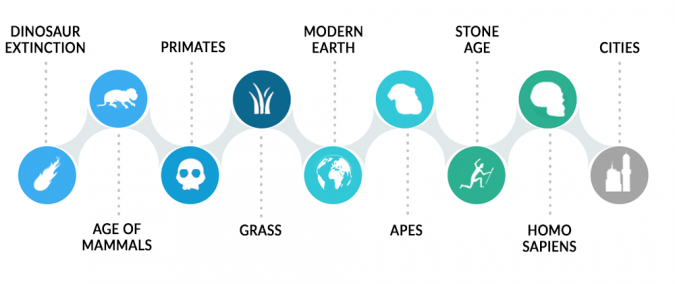
How did grass evolve?
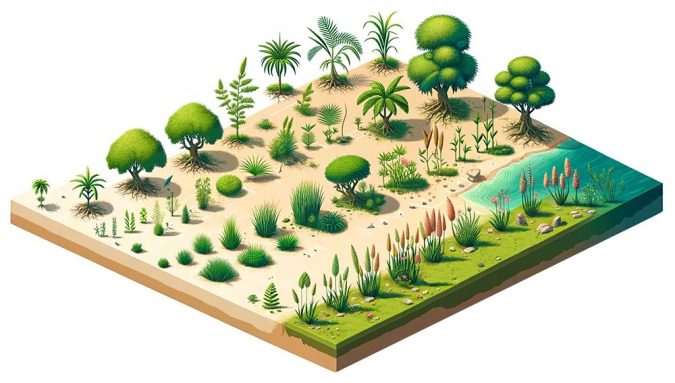
As mentioned, Earth’s climate has changed many times over millions of years. During certain periods, the climate became drier and cooler. These conditions are not ideal for forests, but great for grasses.
Grasses are tough and can survive in harsh environments. They can grow in open, sunny environments where other plants struggle. This adaptability helped them spread widely. This happened in many parts of the world.
Also, grasses have a unique way of photosynthesis. This makes them more efficient in hot and dry climates. As forests shrank, grasslands started to expand. Over time, they became a dominant part of many ecosystems.
Why is the evolution of grass important?
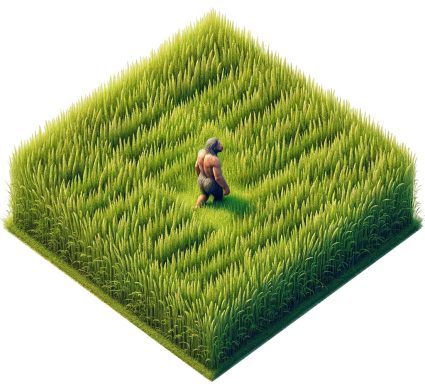
Interestingly, grasslands played a role in human evolution too. With less forest, early primates had fewer places to find food. This increased competition for the available food in the trees.
As a result, primates had to seek different food sources. Standing tall to spot predators in the grass, it’s thought that this is when four-legged creatures began to walk on two legs. This was key in the human evolution timeline.
During this era, their diet changed. They started eating more grass-based foods. This shift impacted their teeth and digestive systems. Also, they began to travel longer distances, which led to stronger, more enduring leg muscles.
Finally, they started developing tools for hunting and gathering. Their brains evolved, becoming larger and more complex. Social structures also became more complex and required better communication and cooperation.
Types of grasses
In short, grasses evolved from simple forms to a wide variety today. Each type adapted to different environments and uses. It’s a story of continuous adaptation and diversification.
Ancient Grasses: The first grasses were like the ones we see in ancient landscapes. They were simple and adapted to various climates. Over time, these grasses diversified.
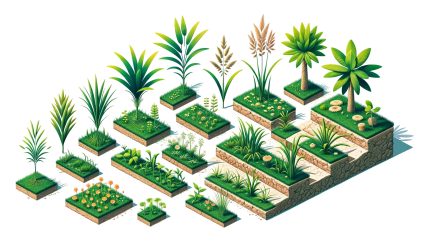
True Grasses: Then came the true grasses, or the Poaceae family. This is where most of our common grasses belong. Think of wheat, corn, and bamboo. They’re all part of this family.
Tropical Grasses: Tropical grasses evolved, like sugarcane and bamboo. They thrive in warm, moist climates. These are important for ecosystems and human use.
Temperate Grasses: These include grasses in cooler, dryer areas. Think of the grasses in North American prairies or the Eurasian steppes.
Modern Variety: Today, we have a huge variety of grasses. Some are for food, like rice and barley. Others are for lawns and ornamental purposes. Many animals evolved to eat grass, like horses and cows. These animals are called grazers. Grasses also helped human civilizations by providing crops. Think of wheat and rice – they are types of grass too.
Conclusion: Grasses and you
In summary, adapting to grasslands shaped our ancestors physically and socially.
Chimpanzees share a common ancestor with humans. Around 13 million years ago, these ancestors lived in trees, relying on them for food. Our ancestors adapted to life on these open plains.
Do you have any questions about the history of grasses? We’d love to hear from you. Drop a comment below and we’ll be happy to get back to you.

